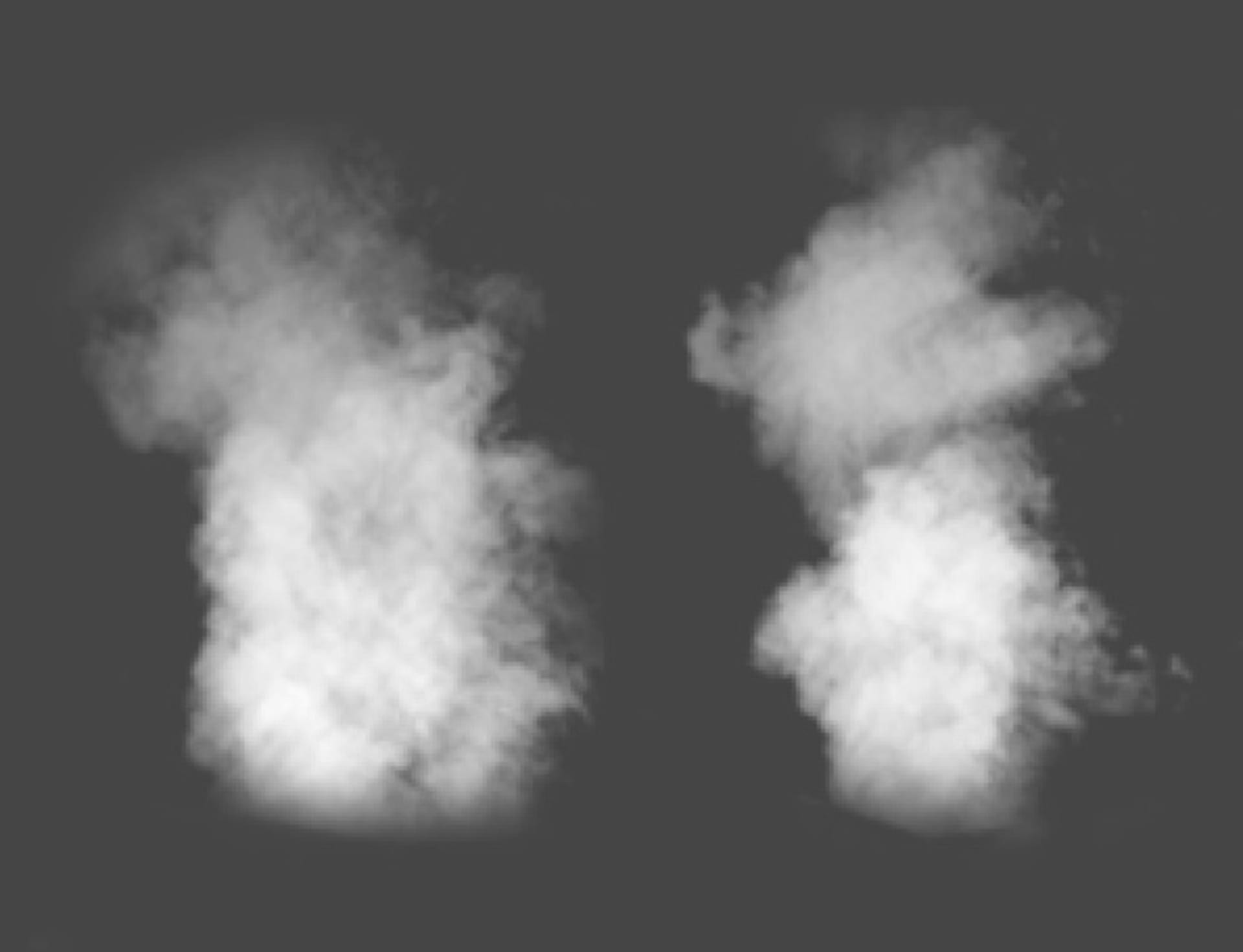Another great making of, this time from our friends from The Boundary in collaboration with Iain Banks. It was written by Henry Goss, who is the founder of The Boundary together with Peter Guthrie. The studio is based in London and specializes in high end visualizations.
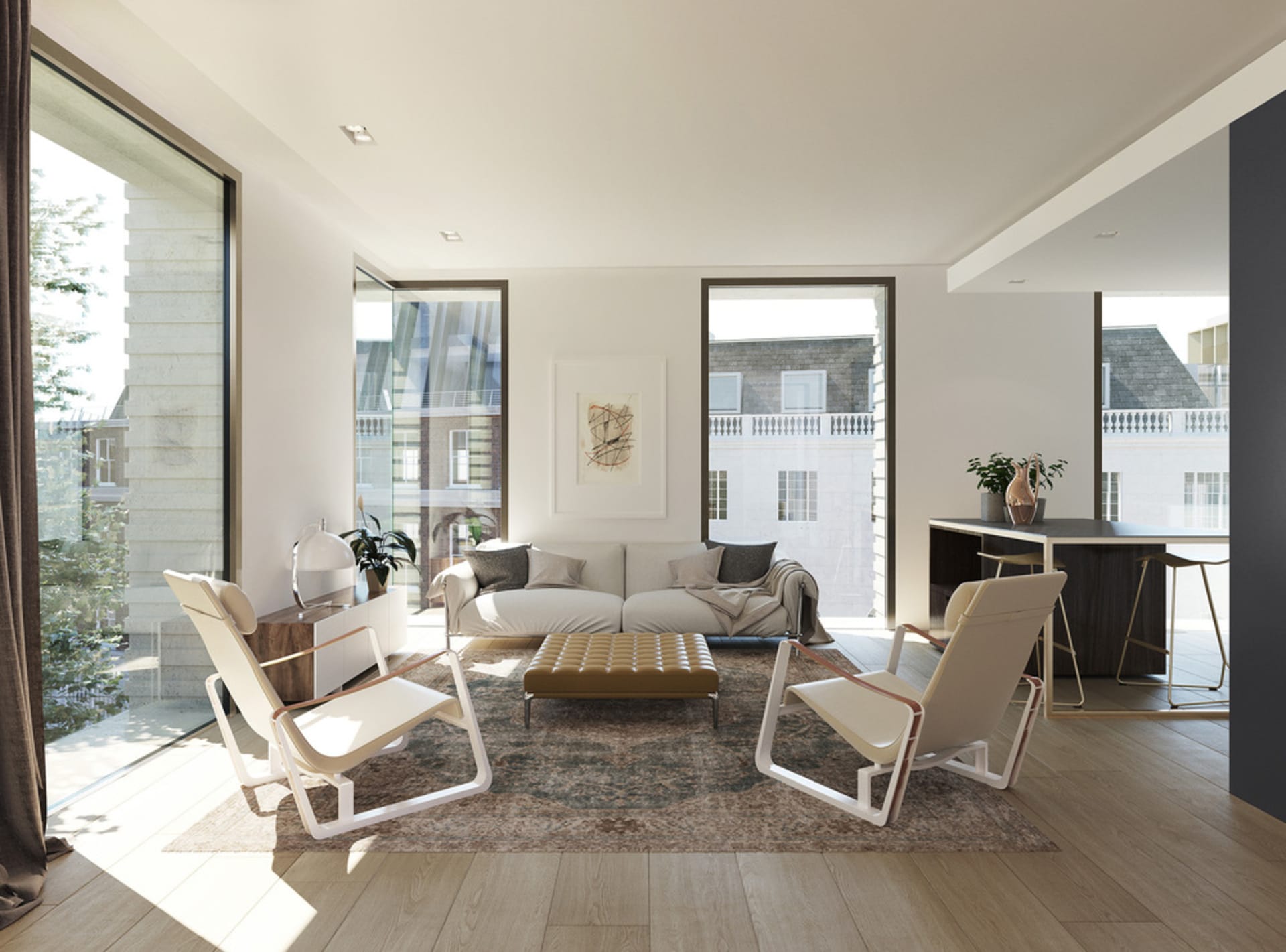
The Boundary, working in collaboration with Iain Banks was provided a unique opportunity with the Barts Square project (click for gallery) to challenge our usual workflow and test something new. Our typical workflow involves modeling in Sketchup, exporting to 3ds max, rendering with V-Ray 3.0 and post production in Adobe Photoshop and Lightroom.
Ever keen to embrace new technologies, both Iain Banks and The Boundary have been experimenting with Corona for some time but had not found a project suitable for testing it in a commercial ‘real world’ setting. Barts Square seems the perfect project being largely interior shots a large number of images and a good time scale allowing for experimentation.
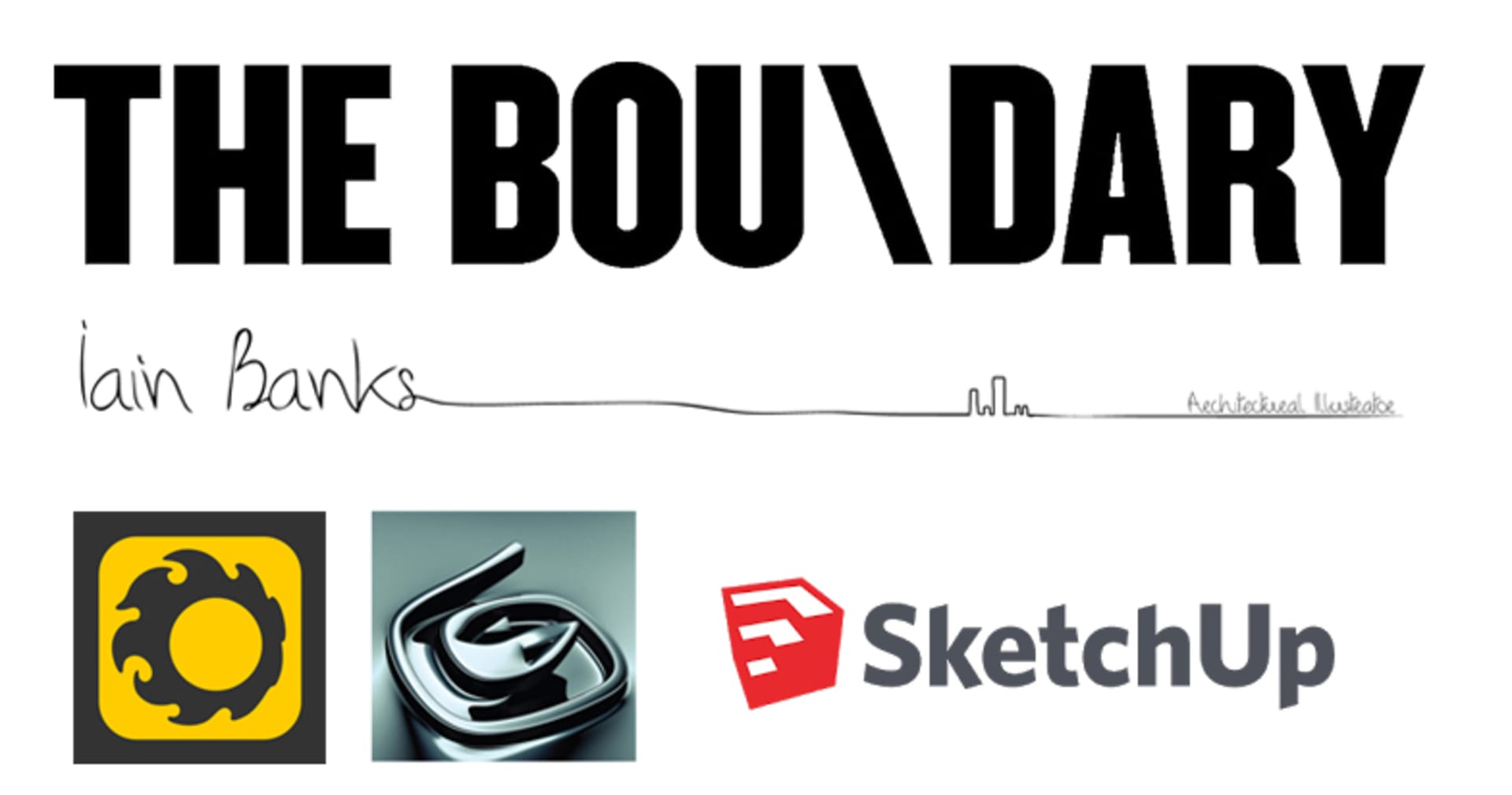
Modeling

Initially all modeling was done in the usual way using Sketchup for basic geometry, exporting in .3ds format and importing to 3ds max as a single mesh.
Materials
External environments were photographed and mapped onto planes with an alpha map in a Corona Light Material’s opacity channel to cut out the sky. To boost the illumination of these backdrops in dusk shots the light material’s multiplier was increased to suit the scene. This also worked well for reflection maps if the brightness of the context needed to be increased.
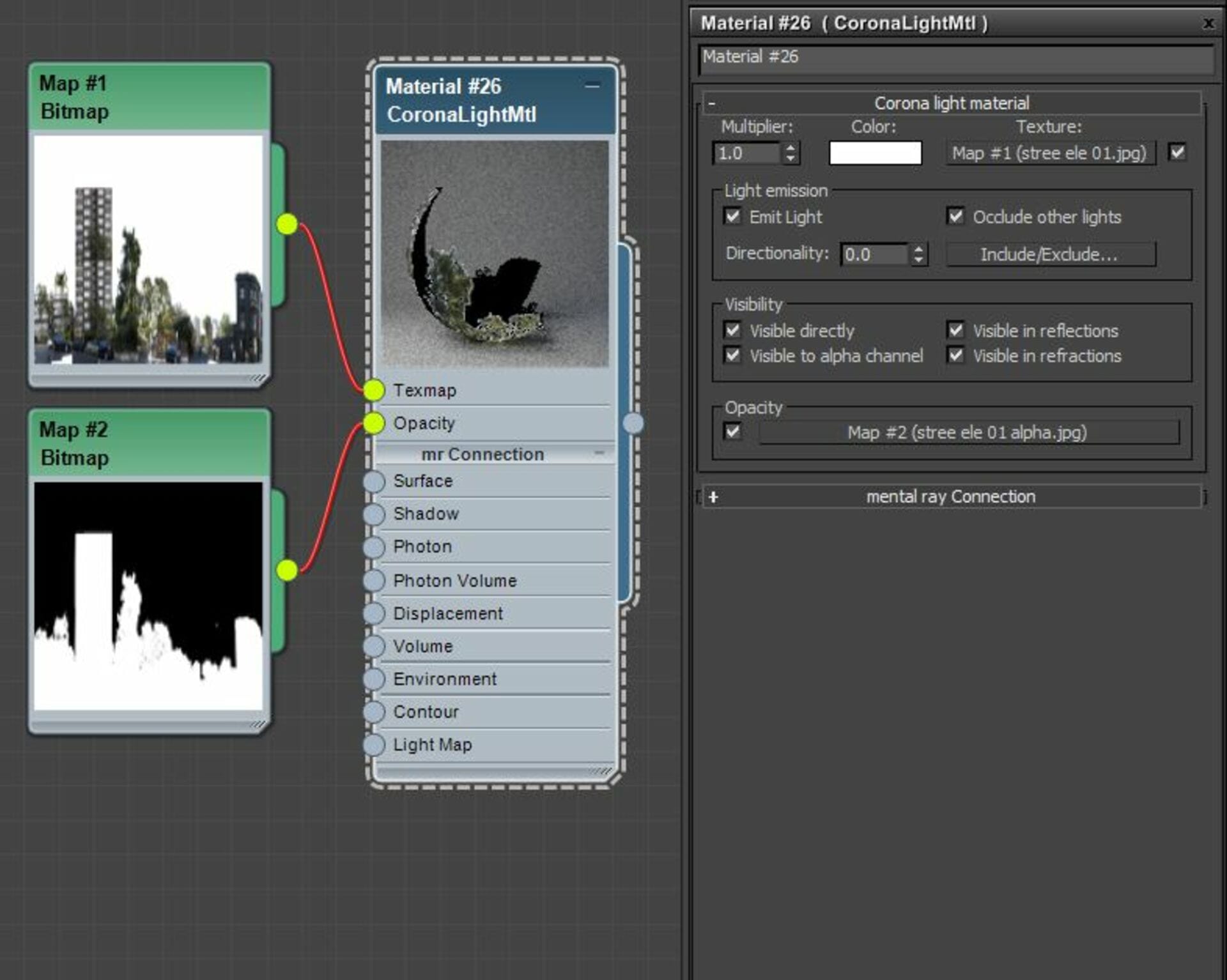
The Corona Material Converter (by Martin Geupel) , which is a script which comes with Corona, is excellent and transformed V-Ray materials into to Corona materials virtually without a hitch. A few minor amendments were required and tweaking of levels etc. One thing that seemed to be required was to change any normal maps to Corona Normal Maps rather than Max or V-Ray normal maps for best results.


A very useful feature which is missing in V-Ray is the built in Rounded Corners function in the material settings. This allows you to control the rounded edge of a simple object without having to affect the bump map. The VrayEdgeTex does a similar thing but is in the form of a map which has to be comped with other bump maps and can be a little more involved with complex materials.
Lighting

Lighting setup for the external light global lighting was done using Peter Guthrie’s HDRI skies: the Vray HDRI loader was used in this instance as we are used to working with it and it is logical in terms of the horizontal rotation of the map being 360 degrees.
The bitmap loader can also be used of course. Make sure the mapping type is set to Spherical. We have also set the Inverse Gamma somewhere between 0.7 and 0.85 to give a bit of contrast to the light. Generally the processing multipliers are 1.0 and 1.0 and the lighting levels are controlled in the scene by the camera or in the Exposure and Colour Mapping roll up in Main Settings. In this instance the overall multiplier was set to 0.1 with the render multiplier set to 10.0 which worked out the same but provides a visible preview in the material editor.
Typically in V-Ray, we would instance this HDRI into a visible dome light but as Corona does not need this feature we simply instanced it into the environment slot in Environment and Effects.
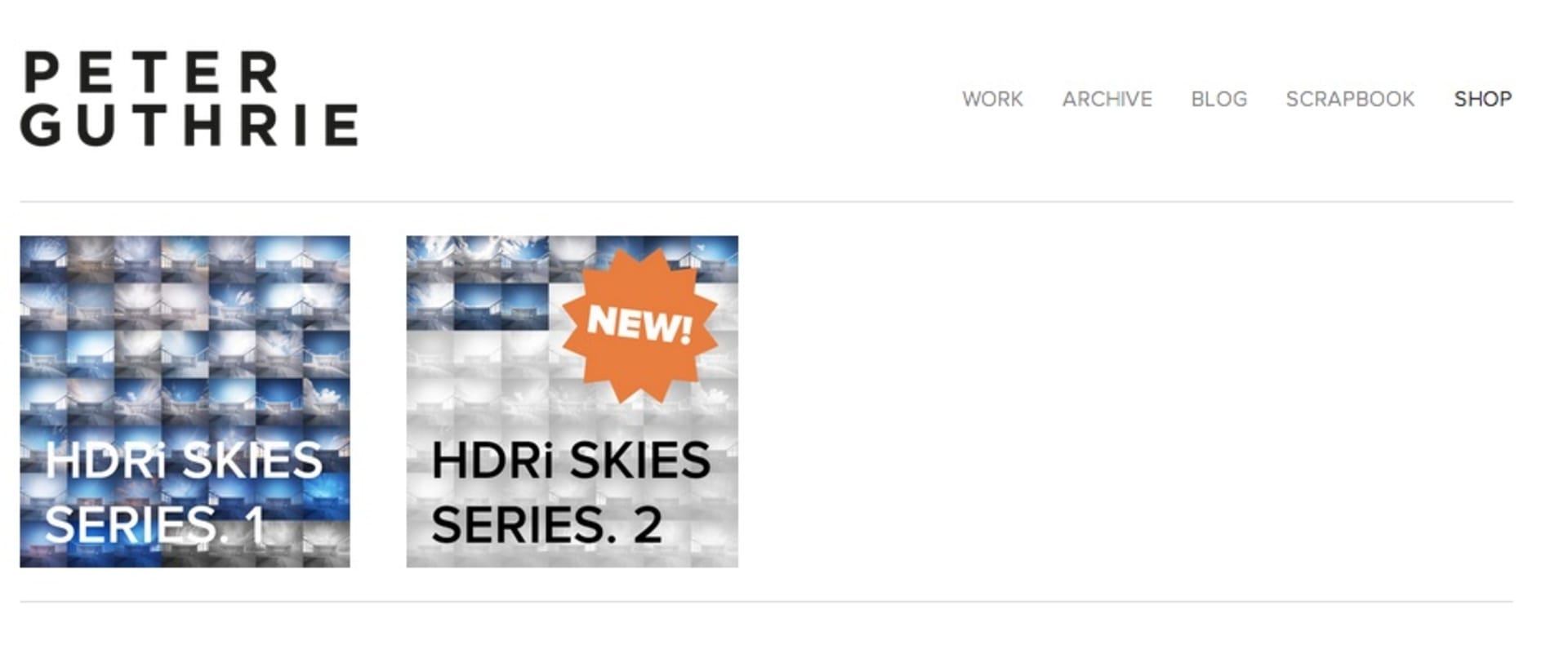
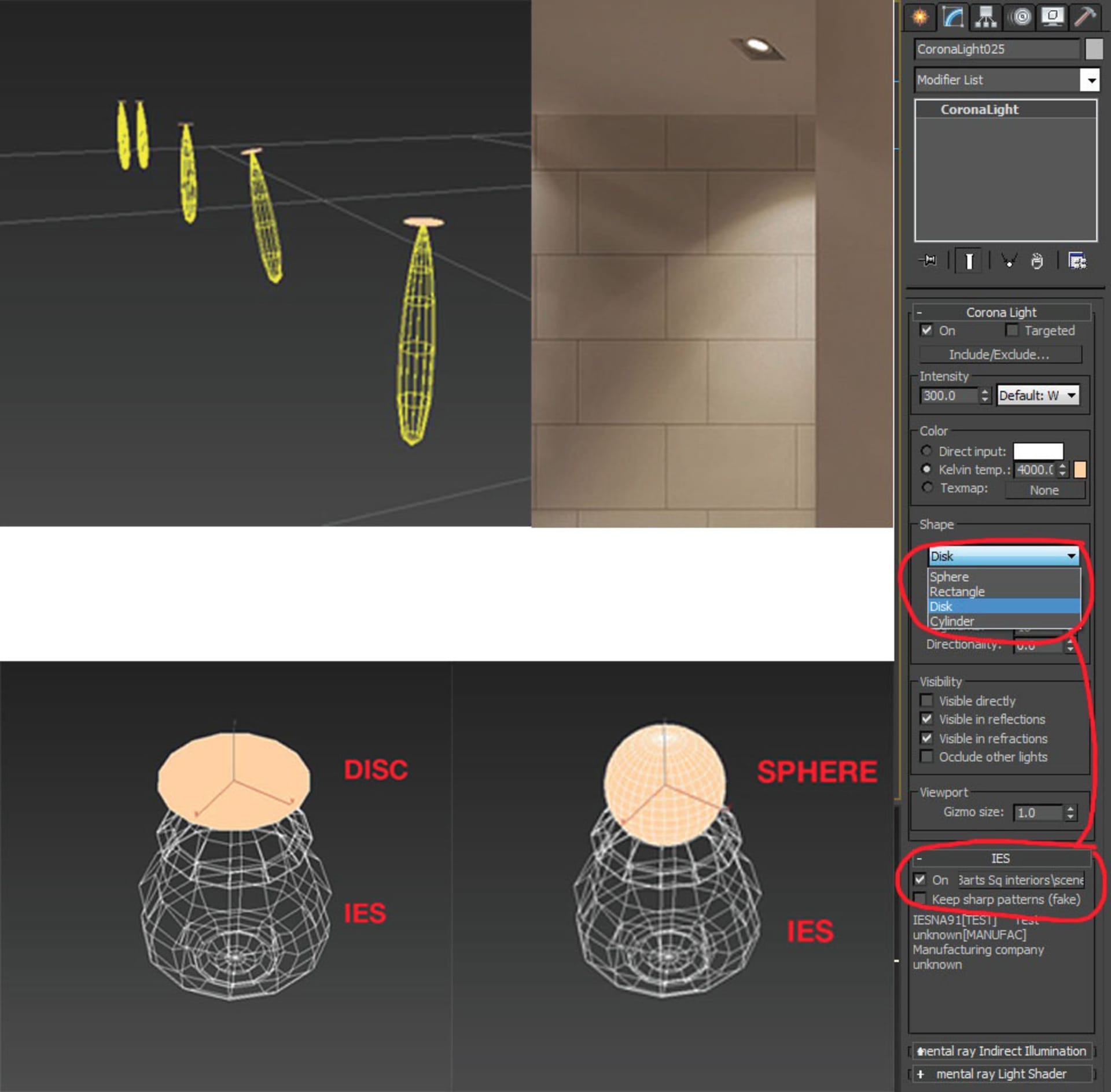
Internal lighting was done using a combination of Corona Sphere, Rectangle and Disk lights with some light materials for spotlight filaments etc. IES information can be added to any type of Corona light shape rather than having a specific IES light type. We found disc lights were effective for spots with IES data added and used rectangle lights with no IES for more general lighting slots, wall washers etc. Intensity, temperature and visibility are simply controlled in the light setting.
Cameras

Camera setup started with a V-Ray Camera with a Corona Camera Modifier. A Max camera would work equally well but we tend to use the shift features of the V-Ray cameras a lot which avoids the need for skew modifiers required on a max camera for achieving the same result.
The camera can then be setup in the CoronaCameraMod settings in much the same way you would control a Vray physical camera. DOF is controlled by the F-stop and focal distance as normal. We tend to use the Vray Camera Target as the focal point rather than overriding the focus with a numerical value but both give the same result
Rendering is where the real flexibility and power of Corona come in. Rather than having to setup your exposure and white balance prior to render this can all be overridden in Exposure and Colour Mapping during render time. One very useful aspect of this is that it allows depth of field to be controlled by F-stop and target distance alone without having to consider the real world implications of exposure values – just make sure that ‘Use photographic exposure’ is not checked.
For these interiors we found a highlight compression of 5 with a contrast of 4.0 worked well and gave a nice punchy result whilst maintaining a certain softness to the images. We did however play around with this a lot and found it to be very flexible.
Render Settings

Assets
All assets in these scenes were from the usual favorite places (e.g. designconnected.com) and again we found the Corona Material Converter script to work excellently with all of these assets as many of them come with V-Ray Materials as standard.
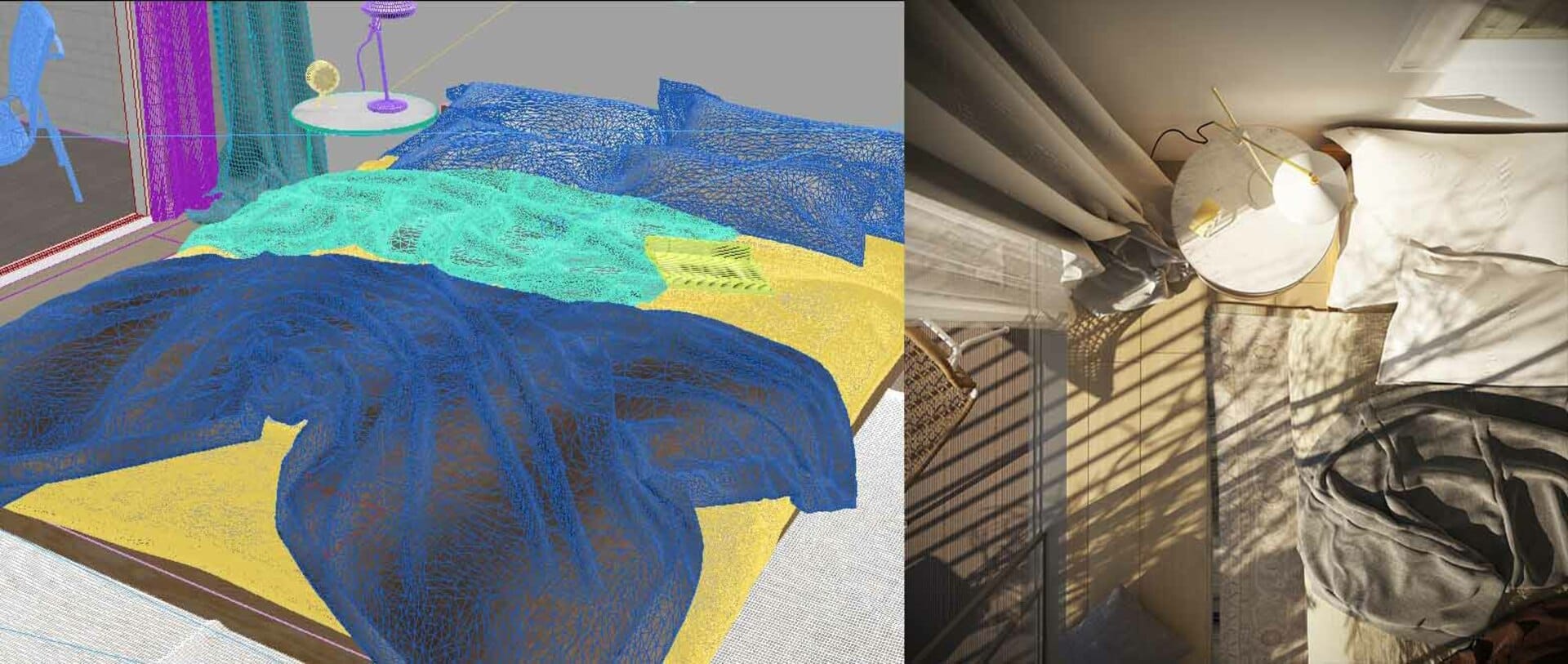
Post Production
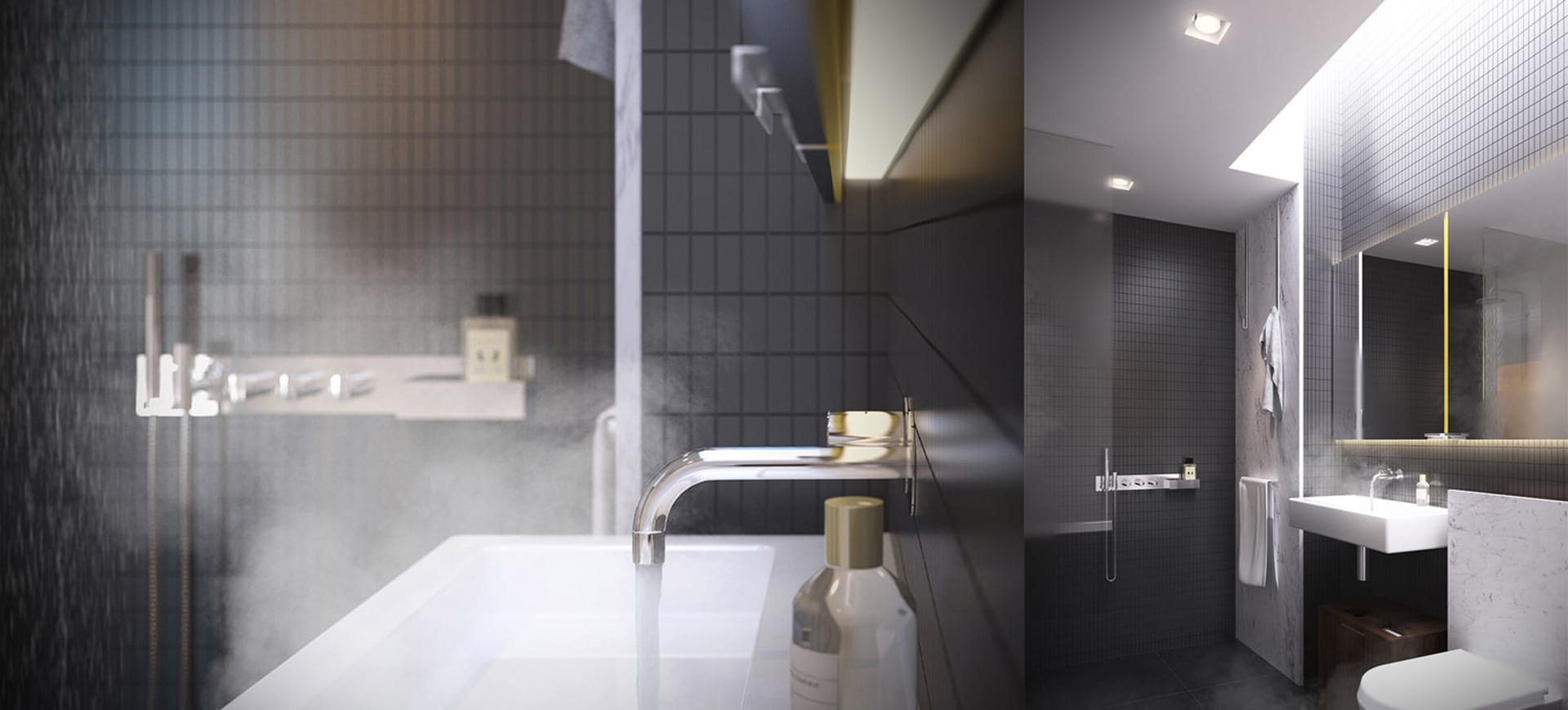
Finally, there was very little post production in these images as we managed to achieve the results we wanted straight out of Corona. One thing we played around with was steam in the bathrooms using simple photoshop brushes which can be downloaded for free from many places. I understand that there are moves afoot to make these kind of effects possible in Corona with fog and volumetric effects. Definitely worth looking out for.
